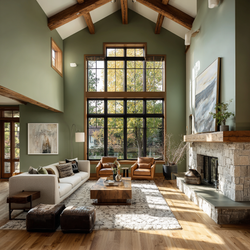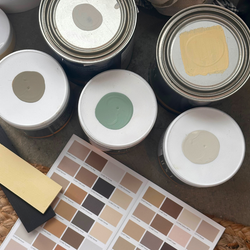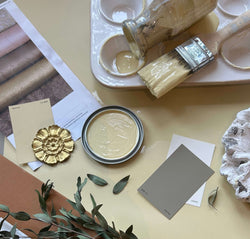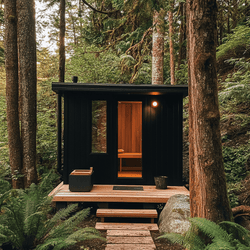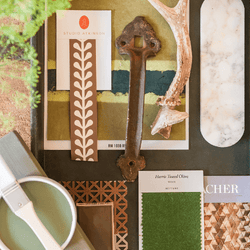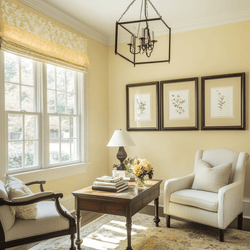10 Things to Avoid When Painting Kitchen Cabinets
Painting kitchen cabinets is one of the most popular and transformational DIY projects, but avoiding certain pitfalls is important to achieve a professional-looking finish.

Here’s a list of costly mistakes to steer clear of:
- Skipping the Prep Work: Not cleaning, sanding, or priming cabinets properly before painting can lead to poor paint adhesion, resulting in a finish that chips or peels off easily.
- Not Removing Doors and Hardware: Trying to paint cabinets without removing doors, drawers, and hardware can result in a sloppy job. It's essential to take everything apart for a thorough and even application.
- Choosing the Wrong Paint: Using the wrong type of paint can lead to unsatisfactory results. Using paint specifically designed for cabinetry like our eco-friendly C2 Cabinet & Trim is crucial, as it's more durable and suitable for the wear and tear that cabinets undergo. Plus, it's easy to apply and simple to clean up!
- Ignoring the Grain in Wood Cabinets: If you’re painting over wood cabinets, especially those with a strong grain like oak, failing to fill the grain can result in a less smooth finish.
- Applying Thick Coats of Paint: Applying paint too thickly can lead to runs and drips, making the finish look uneven. Multiple thin coats are preferable to a single thick coat.
- Not Allowing Enough Drying Time: Rushing the drying process between coats or during the final curing can lead to smudges, fingerprints, or even the need to start over.
- Overbrushing: Overworking the paint with your brush can leave visible streaks and marks. For a smoother finish, it's better to apply paint evenly and sparingly, using a roller where possible.
- Neglecting the Environment: Painting in an overly humid or dusty environment can affect how the paint dries and adheres, leading to a less-than-ideal finish.
- Using Poor Quality Brushes and Rollers: Low-quality tools can shed bristles or foam, leaving imperfections in the finish. Investing in high-quality brushes and rollers can make a significant difference.
- Failing to Protect Surrounding Areas: Not using drop cloths or painter's tape can result in paint splatters on countertops, floors, or appliances, leading to extra cleanup or damage.
- Forgetting to Label and Organize: Not properly labeling doors, drawers, and hardware can turn reassembly into a confusing and time-consuming puzzle.
- Not Testing Paint Colors: Neglecting to test paint colors in the actual kitchen lighting can result in a color that looks different than expected once applied.
By avoiding these common mistakes, you can ensure a smoother, more professional-looking finish for your kitchen cabinets. Remember, patience and attention to detail are key in a successful cabinet painting project.


